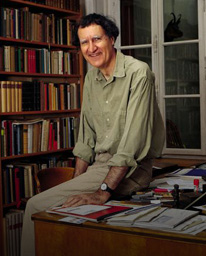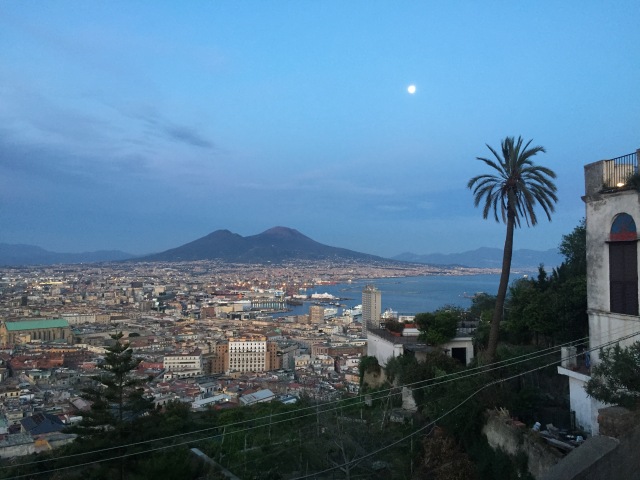By Renard Teipelke
Each year the Royal Geographical Society/Institute of British Geographers holds its Annual International Conference. For this year, they chose “Nexus Thinking” as the conference theme. And as always, there was no lack of critical inputs and new ideas in the more than 400 parallel sessions, meetings, and plenary discussions (see program here). I tried to catch a little bit of different topics and thematic fields. Below I present one snippet/idea per session, although that is wholly inadequate to capture the rich research behind each project. However, it may spark your interest to look up the corresponding sessions, authors, and papers, or to engage more with the related field of research. For further reference, relevant links are placed within the text. Continue reading



 by Ares Kalandides
by Ares Kalandides by Ares Kalandides
by Ares Kalandides

 by Ares Kalandides
by Ares Kalandides

 by Ares Kalandides
by Ares Kalandides